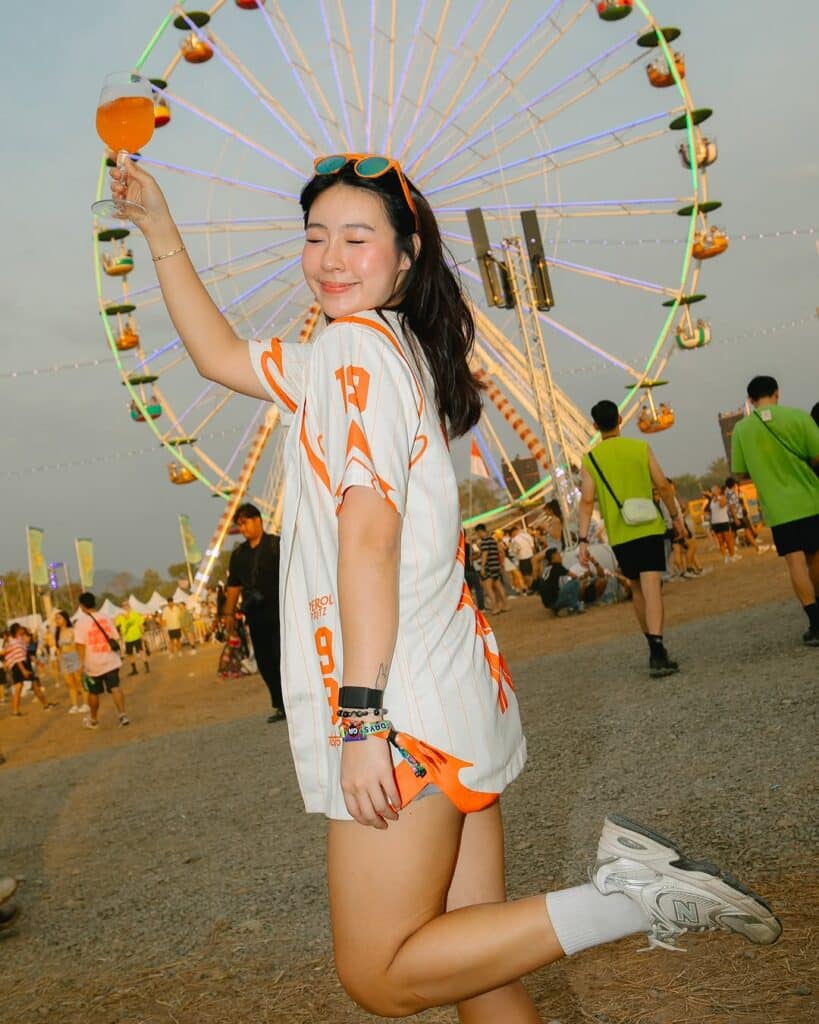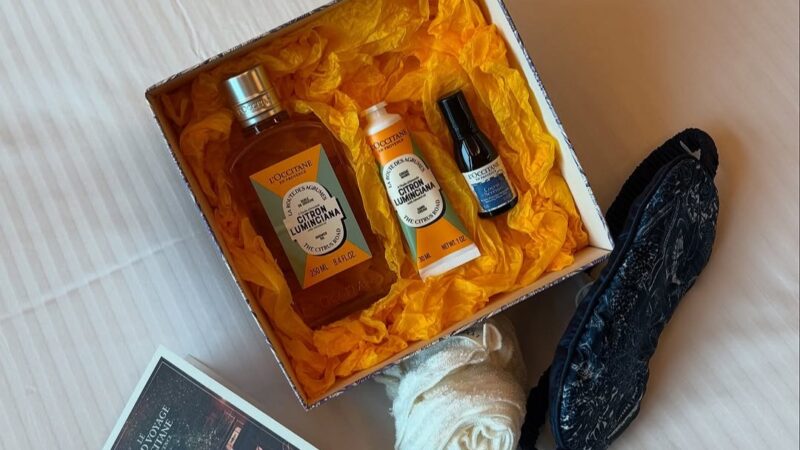Experiential Gifting: The Luxe Freebies That Have Everyone Talking
Want influencers to talk about your brand? You’ve got three options:
– Pay them to post (traditional but expensive).
– Send them free products and hope they post (a hit or miss).
– Or the latest trend—experiential gifting, where you give them an experience so exciting they can’t help but share it.
From a marketing perspective, experiential gifting is a smart play. Instead of pouring money into traditional sponsored posts, brands shift their budgets to unique experiences that spark organic hype. No #sponsored disclosure required, just influencers enjoying and posting about an unforgettable moment—one that happens to be funded by a brand.
Sounds smart, right? Well… while this strategy guarantees exposure, it also raises a key issue: audience perception.
The Problem With Experiential Gifting
Most people don’t know how much influencers get paid for a sponsored post. It happens behind the scenes, and followers have accepted it as part of marketing.
But when an influencer gets an all-expenses-paid getaway or a crazy expensive gift, it’s right there for everyone to see. Suddenly, their followers aren’t thinking about the brand—they’re wondering why influencers are getting VIP treatment while they have to save up just to buy the brand’s product. This can make followers feel left out instead of engaged, which isn’t a great look for any brand.
When Customers Feel Left Out
Here’s the issue: brands are gifting influencers things their real customers dream about—designer bags, festival passes, luxury vacations—while those same customers still have to pay full price.
It’s like watching someone get a free five-course meal at a fancy restaurant while you’re eating instant noodles. Sure, it makes sense as marketing, but it feels unfair. And in marketing, feelings matter.
How to Do It Right
Experiential gifting can work, but only if it includes everyone. Brands should think beyond influencers and create experiences their actual customers can be part of—contests, giveaways, exclusive perks. Because if your audience feels left out instead of excited… what’s the point?
Making Experiential Gifting Inclusive
Instead of just showering influencers with luxury perks, brands should invite their customers into the experience. Here’s how:
- Exclusive Giveaways – Offer customers a chance to win the same experiences influencers receive, whether it’s an all-expenses-paid trip or a VIP event.
- Loyalty Rewards – Give long-term customers access to special perks like new product previews, exclusive discounts, or even an experience tailored just for them.
- User-Generated Content Campaigns – Encourage customers to create content for a chance to be part of an exclusive brand experience.
- Live or Virtual Events – Host interactive events where influencers and customers come together, making the experience more engaging for everyone.
Singapore’s Take on Experiential Gifting
Singapore’s influencer marketing landscape has embraced experiential gifting in creative ways. Here are some local case studies:
Luncheon with Guerlain

L’occitane x Pullman SG Staycation

FujiFilm Desaru
EDC Thailand x Aperol Spritz

Final Thoughts: Is Experiential Gifting Worth It?
From a marketing perspective, experiential gifting makes sense—it generates buzz, engagement, and virality. However, brands need to strike a balance. If the execution feels too excessive, it risks alienating consumers. The future of influencer marketing in Singapore may lean towards more inclusive approaches where everyday customers, not just influencers, get to share in the experience.
Brands should ask themselves: Are we creating experiences that feel aspirational, or are we simply showcasing excess? The answer will determine how consumers perceive these marketing efforts in the long run.




